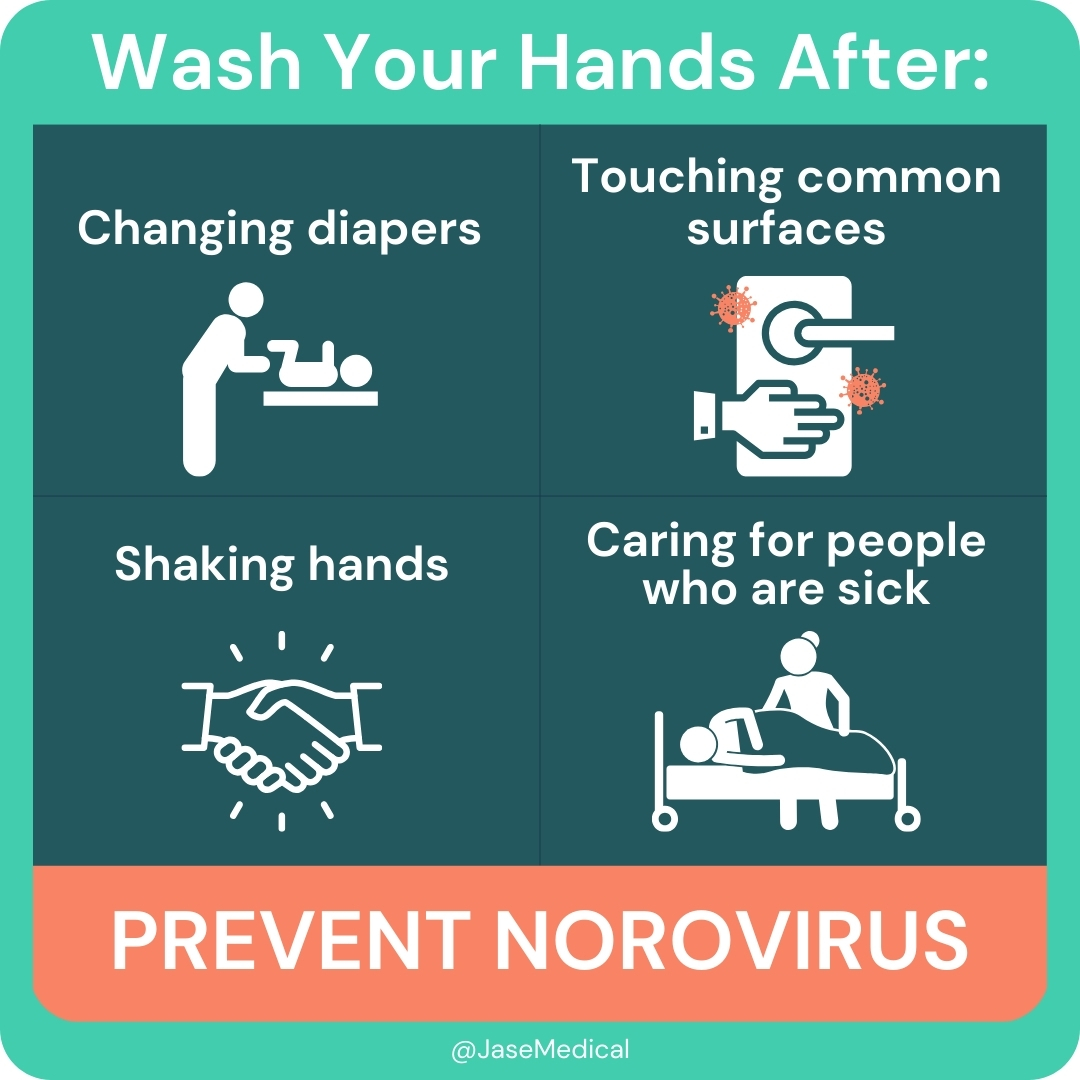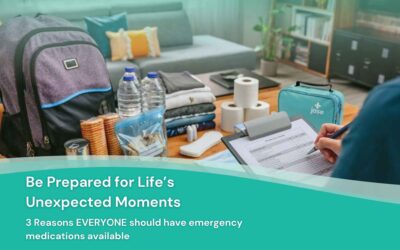
Be sure to pack these Jase add-ons

An outbreak of vomiting and diarrhea has been reported on the luxury cruise ship, the Queen Victoria. As of last count, at least 154 people have taken ill since the ship set sail in early January. The number of passengers on board total 1,824, with 129 of them taken ill. The total number of crew is 967, with 25 of them being taken ill.
The 55 day, multi country cruise had departed from Hamburg, Germany on January 9, 2024. It is currently in route to Samoa with its destination set to arrive in Sydney, Australia on March 4th. There have been no updates available on the CDC website since February 8th.
Historically, almost all outbreaks of gastrointestinal illnesses on cruise ships have been from Norovirus, except for one outbreak of E. coli and Salmonella in 2023. That year, there were 15 gastrointestinal illness outbreaks, 14 from Norovirus and one from salmonella and E. coli. In past years norovirus vastly outnumbered cruise ship outbreaks of gastrointestinal illness. Over 90% of diarrheal outbreaks are caused by Norovirus. However, Norovirus outbreaks on cruise ships account for only 1% of all reported Norovirus outbreaks.
Since there haven’t been any recent any updates on the cause of the outbreak, we may assume that the Norovirus is a likely candidate.
What is Norovirus?
Norovirus is an extremely contagious disease that causes diarrhea and vomiting. It is also sometimes called the “stomach flu”. It is not related to the influenza virus, however. It is the leading cause of foodborne illness in the United States, with around 50% of all outbreaks of food related illnesses caused by Norovirus.
Symptoms usually develop between 12-48 hours after exposure. Symptoms usually last from 1-3 days.
Symptoms include:
- Diarrhea
- Vomiting
- Nausea
- Stomach pain and cramps
- Fever
- Headache
- Body aches
Transmission
Norovirus spreads through contaminated food, water and surfaces contaminated with the virus. It is present in the feces and vomit of a person who is infected. Over half of norovirus outbreaks in the United States occur in long-term care facilities.
Examples of how Norovirus spread are:
- Touching a surface contaminated with Norovirus.
- Tiny drops of vomit from a person with Norovirus spray through the air, landing on surfaces or entering another person’s mouth.
- Diarrhea when Norovirus splatters onto the surface.
- Not washing hands thoroughly after using bathroom or changing a diaper.
- Food grown with contaminated water, such as oysters or fruit and vegetables (especially leafy greens) that are watered with contaminated water in the field.
- Schools, colleges, and childcare centers also experience frequent outbreaks.
How is Norovirus Diagnosed?
Samples of stool, vomit, food, water, and other environmental specimens are tested using a variety of testing methods. Most public health laboratories use the reverse transcription- real-time polymerase chain reaction (RT-qPCR) assays to detect Norovirus.
Norovirus can strike anywhere. If you are traveling on a cruise ship, or on a cross country trip, or if your local area is experiencing an outbreak, it is prudent to be prepared and avoid being forced to track down medications when you are ill. Norovirus is not treated with any specific medicine. Symptoms are managed until the illness runs its course.

Prevention
Wash contaminated surfaces with a bleach solution (1 part bleach to 10 parts water). Hand sanitizer doesn’t kill Norovirus. (5-25 tablespoons of household bleach per gallon of water). (See CDC site for further instructions). Be sure to wear disposable gloves, using paper towels to wipe entire areas and discard in plastic trash bag. In addition, leave the bleach solution on the affected area for at least 5 minutes. Once done, use soap and water and clean the area.
- If sick with Norovirus or anyone in your family is, be sure to thoroughly wash hands for at least 2 weeks or more after you feel better. Norovirus can still spread during that time.
- Wash laundry in hot water.
- If you or someone you know has been exposed to Norovirus, stay home when sick and for two days after symptoms subside.
- While sick, avoid preparing food for others and for two days after symptoms subside.
- Thoroughly rinse fruits and vegetables and thoroughly cook shellfish.
Treatment
Treatment is symptomatic, there are no antibiotics or antivirals to treat Norovirus.
Norovirus can cause dehydration, especially when symptoms of vomiting and diarrhea are severe.
This can be serious in the very young and elderly.
- Drink plenty of fluids. Be sure to pack electrolyte powders to restore electrolyte balance.
- Two highly effective medications, loperamide, for diarrhea control and ondansetron, for nausea and vomiting can help relieve symptoms and avoid dehydration. These medications are available to add to the Jase Case.
When on a cruise ship, you may not have the opportunity to disembark and find a pharmacy that carries these medications. And if there is an outbreak of Norovirus or other gastrointestinal illness, the ship may not have enough medication stocked for everyone who falls ill. Consult with the medical staff before taking either of these medications, if available.
- Stock OTC fever and pain relievers (acetaminophen and ibuprofen are both Jase add-on items) for fever, body aches and headache.
- And in case the outbreak is bacterial, the Jase Case, which includes antibiotics that are effective against a wide variety of bacterial illnesses- has got you covered.
- Brooke Lounsbury, RN
Medical Content Writer
Lifesaving Medications
Recent Posts
Keeping you informed and safe.
Exploring Dr. William Makis’ Hybrid Orthomolecular Cancer Protocol: Focus on Ivermectin and Mebendazole/Fenbendazole
Exploring Dr. William Makis’ Hybrid Orthomolecular Cancer Protocol: Focus on Ivermectin and Mebendazole/Fenbendazole *Disclaimer: This article is for educational purposes and does not constitute medical advice. Always seek professional guidance.* In the evolving...
Be Prepared for Life’s Unexpected Moments
3 Reasons EVERYONE should have emergency medications avaiable. It's all about access—access to medications and care when you need it most. And when things happen outside of your control that access can disappear.Below are 3 examples of how easily this access can be...
Youth Preparedness: Teaching, Building, and Coping with Disasters
Educating and preparing your children ahead of time means fewer surprises in the event of an emergency.Growing Up Prepared: Empowering Youth in Disaster Preparedness As we observe National Preparedness Month, it's crucial to remember that disasters can strike at any...
Low-Cost and No-Cost Emergency Preparedness Measures
Small steps today, mean a safer tomorrow for you and your loved ones.Low-Cost and No-Cost Emergency Preparedness So far in our series for National Preparedness Month this September, we've already covered How to Make an Emergency Plan for Your Household and How to...




